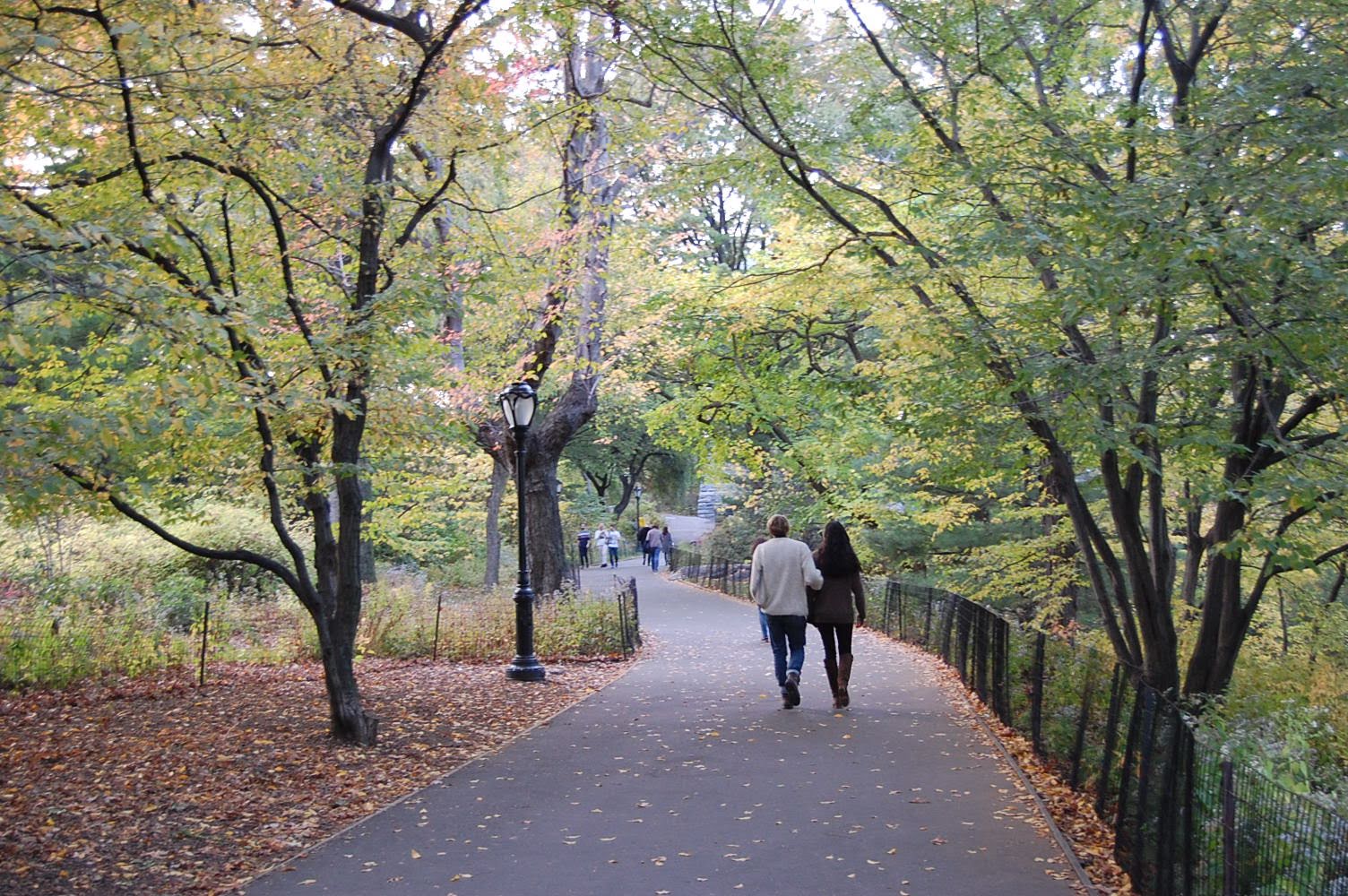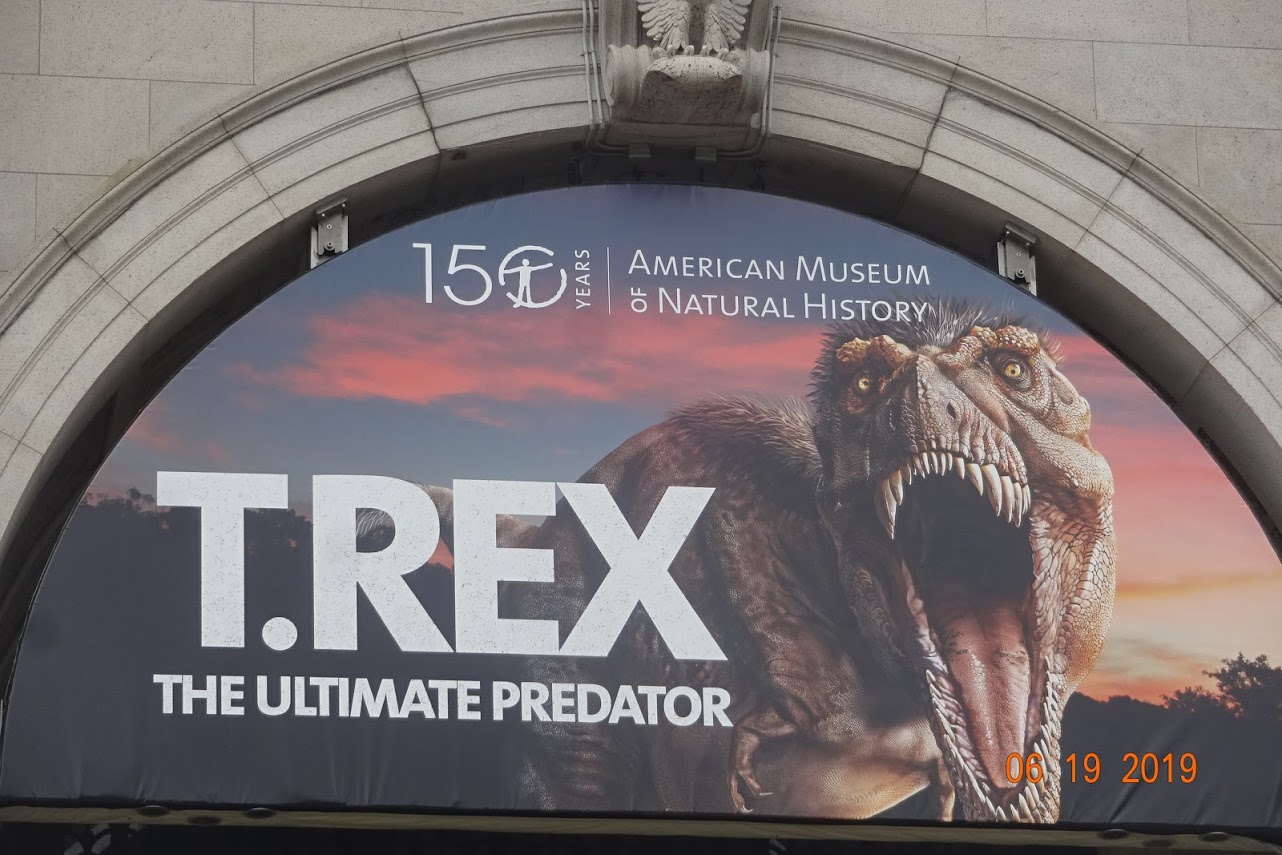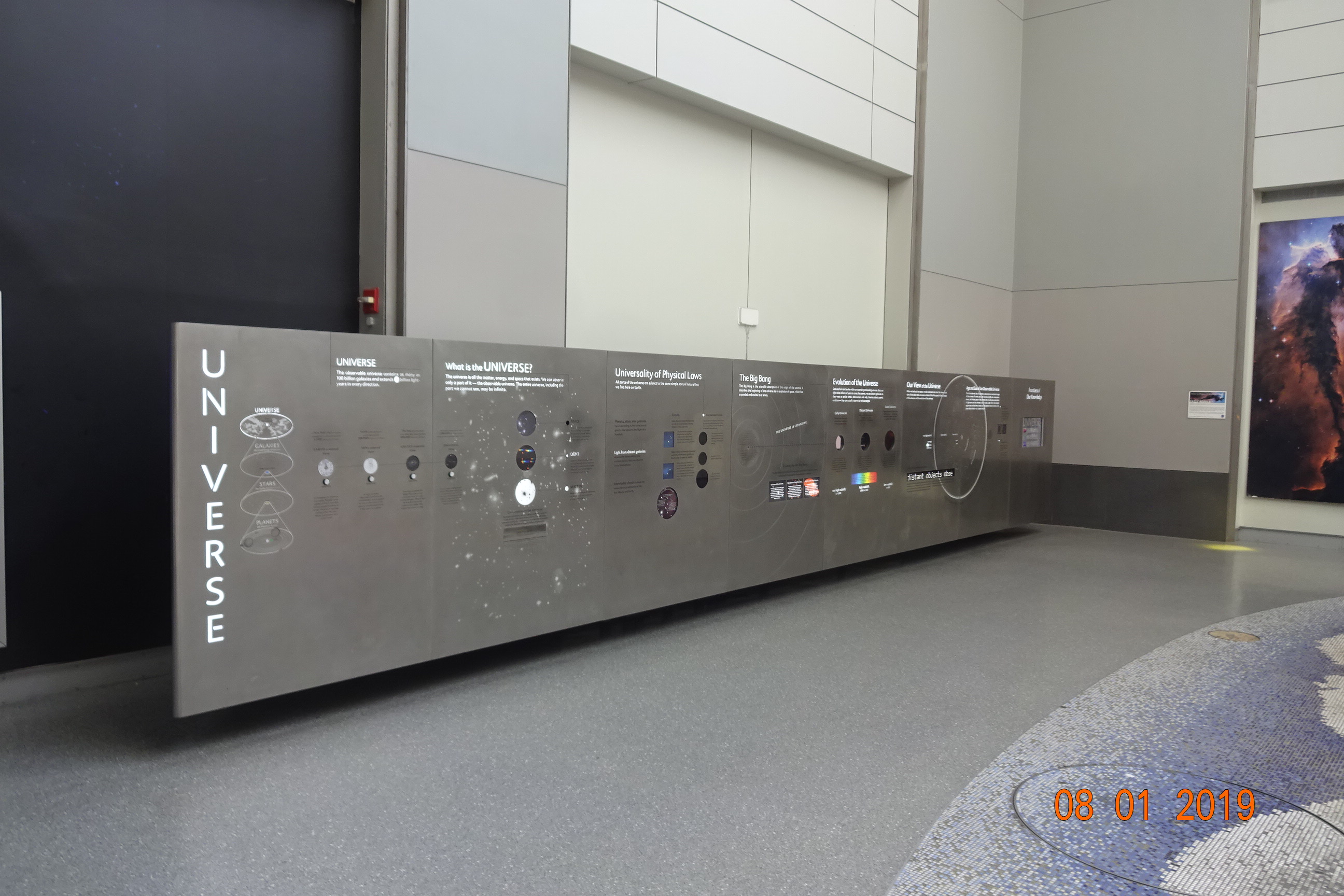
WY- Grand Teton (2017)
Grand Teton National Park is named after its tallest peak Grand Teton (13, 770′). The park area is 300,000 acre and located in Jackson Hole valley. It is one of the ten most visited parks in the country with an estimate of 3.3 million visitors last year.The park is known for its rugged mountains and jagged peaks.
The park is only 10 miles south of Yellowstone, yet the geology is very different. Tetons do not have the hot spot magma underneath and so we don’t see geysers. Grand Teton landscape is the work of earth quakes, glaciers and erosion for over billions of years. The smoothness of the surface and appearance of the peaks can give clues about the age of the mountain. Judging from the ruggedness of the mountain and jagged peak shape, geologists say the mountain range is young and erosion didn’t have enough time to work on the surface. Scientific estimates indicate the mountain range is 10 million years young compared to Rockies (80 million years) and Appalachians (300 million years). However the gneiss rock that makes up most of the Teton range is 2.5 billion years old. The visible fault that created the mountain range is still active and capable of generating 7-7.5 magnitude earthquake every few thousand years, according to geologists.
There are many lakes in Jackson Hole valley. The Snake River originates from Jackson lake, meanders through the valley for 50 miles and travels 1000 miles west to join Columbia river which ultimately drains into Pacific ocean..
The Grand Teton mountain range is 40 miles long and situated near the town of Jackson. The valley between Grand Teton and the opposite mountain range (Gros Ventre) looked like a hole to the early fur trappers and so the valley was named Jackson Hole. In addition to Grand Teton and Gros Ventre mountains, the valley has popular ski areas, a national elk refuge and national forests.
We started our tour from Jackson. It is an interesting town with beautiful Town square. The square has a park with entrance arches made of Elk Antlers. It reminded us there is elk refuge nearby where 5000-10000 elks take refuge every winter. After a lunch break at Jackson, we proceeded to Grand Teton and had a wonderful view of mountain peaks from various lake observation points. We returned to Jackson for overnight stay. Next day we took a float (raft) trip on snake river to observe wild life. We also visited a wildlife museum of art.
[supsystic-gallery id=’35’]



